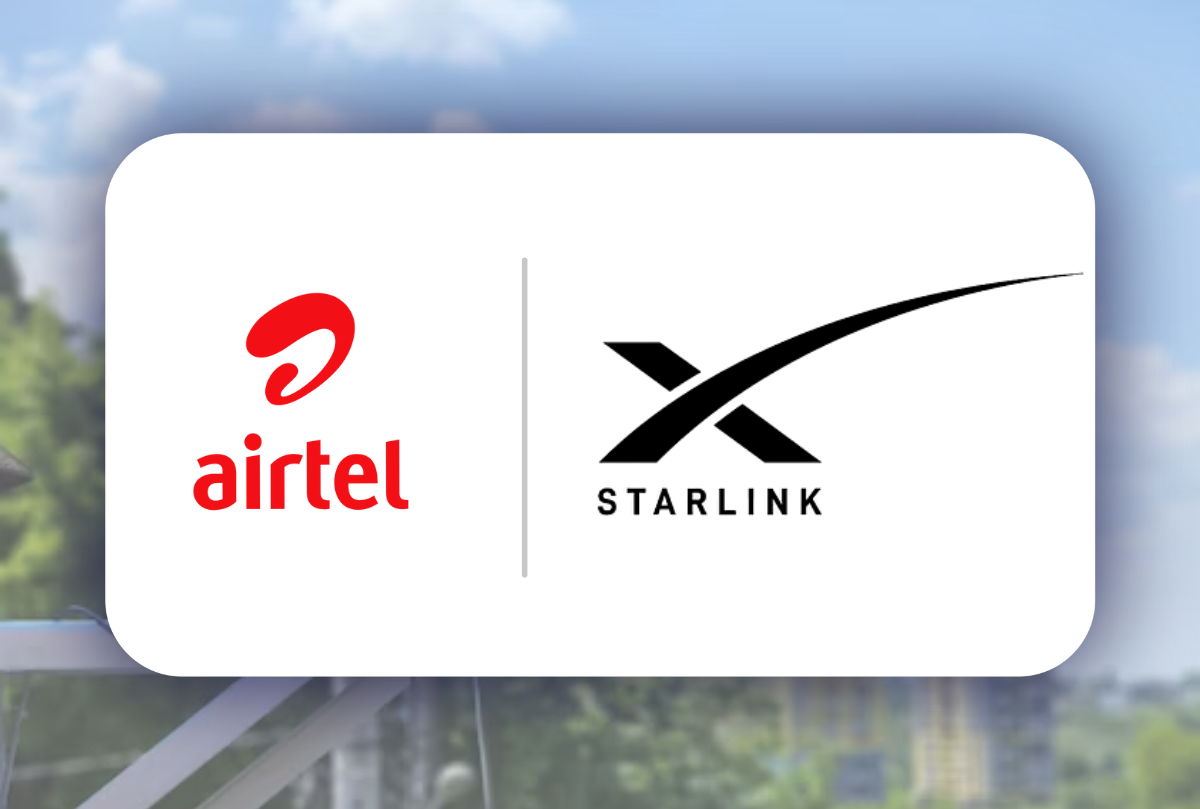There is a revolution simmering quietly in the digital payment space, with stablecoins gathering momentum to disrupt U.S. digital payment giants, Visa and Mastercard’s domination. Backed by blockchain efficiency and lowered transaction costs, such crypto-assets offer merchants a compelling alternative with the potential to redefine business across the world.
Stablecoins, typically dollar-pegged, allow consumers to make direct, real-time peer-to-peer payments without the need to navigate banks or card networks. With US merchants spending an estimated $187 billion on swipe fees in 2024 alone, the ability to bypass legacy systems is higher than ever.
Visa and Mastercard are setting themselves up as digital-first platforms, building infrastructure for crypto-bonded cards and backing banks piloting stablecoin-based products. As a federal regulatory framework for stablecoins is poised to come into effect under President Trump’s administration, they’re competing to remain relevant middlemen.
The stablecoins market, now at $253 billion valuation, is set to hit $2 trillion in a couple of years. Its success translates into a rare moment when crypto’s promise of disruption is translating into real-world financial usability.
However, Visa and Mastercard cannot be easily replaced as these payment platforms still retain significant market share, consumer confidence, global reach, fraud protection, rewards, and credit access. These are difficult to replicate for stablecoins, particularly in a developed and loyalty-based market like the U.S.
Unlike other card balances, stablecoin balances may go uninsured and remain suspicious in the minds of most consumers. For merchants, crypto rails might raise compliance and tax concerns.
But U.S. companies are pushing ahead for stablecoin adoption. Shopify recently launched support for merchants to accept USDC, a stablecoin backed by dollars, in partnership with Stripe and Coinbase. Payments bypass the traditional networks entirely, settling on blockchain and converting immediately to fiat.
Walmart has also been exploring stablecoin pilots, and Fiserv launched a fiat-backed digital token to allow smaller banks to keep up with payment innovation. The trend is reshaping payment architecture at every level.
Visa and Mastercard, together processing over 85% of US spending on cards, are advancing their tokenization technologies while emphasizing security, scalability, and innovation. “There’s absolutely no reason that token can’t be a stablecoin,” said Jack Forestell, Visa Chief Product and Strategy Officer.
Visa is already supporting fiat-backed token issuance and stablecoin settlement testing. Mastercard has recently partnered with Paxos’s Global Dollar Network, allowing institutions to mint and redeem USDC and direct payments based on merchant and transaction value.
“This is not about replacing card payments overnight,” Mastercard Chief Product Officer Jorn Lambert said. “It’s about enabling new use cases in remittances, disbursements, and B2B payments.”
The twist now is that stablecoins already contain infrastructure built into them that can be scaled around the globe. When you want to use crypto at scale for boring uses, you require hyperscale connectivity.
As the war of digital payments gets fiercer, one thing is certain: the emergence of stablecoins has remapped the future of money. For Visa and Mastercard, survival has never been less of a choice, it’s now existential.
























